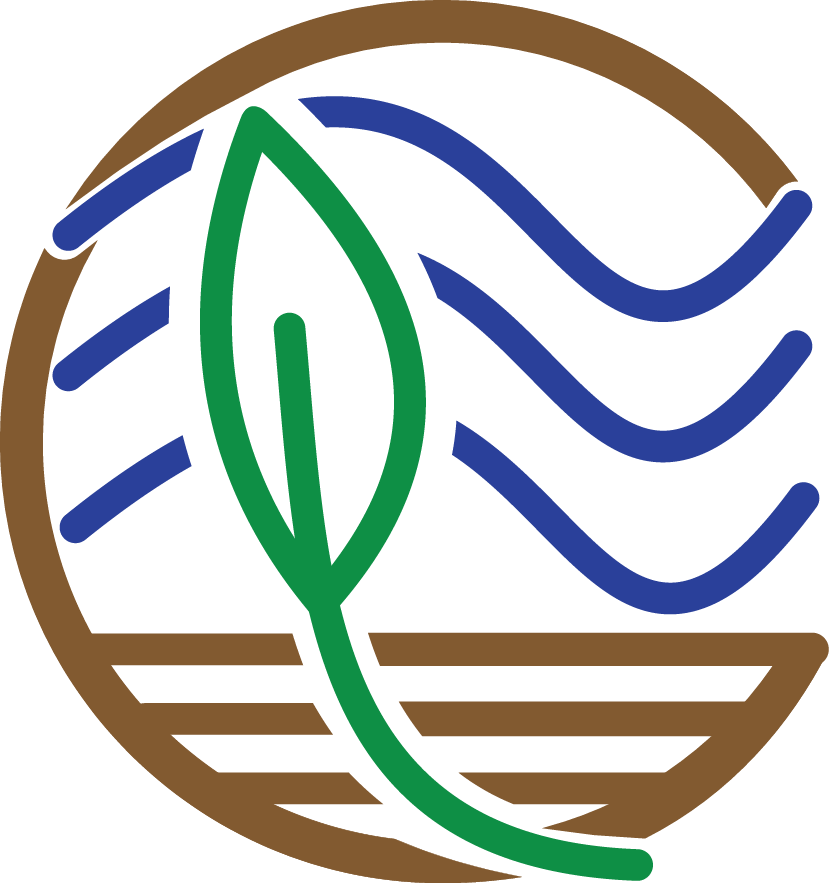Soil Carbon Working Group
Improved measuring, reporting, modeling, and mapping of soil carbon burial rates and carbon stocks in coastal wetlands
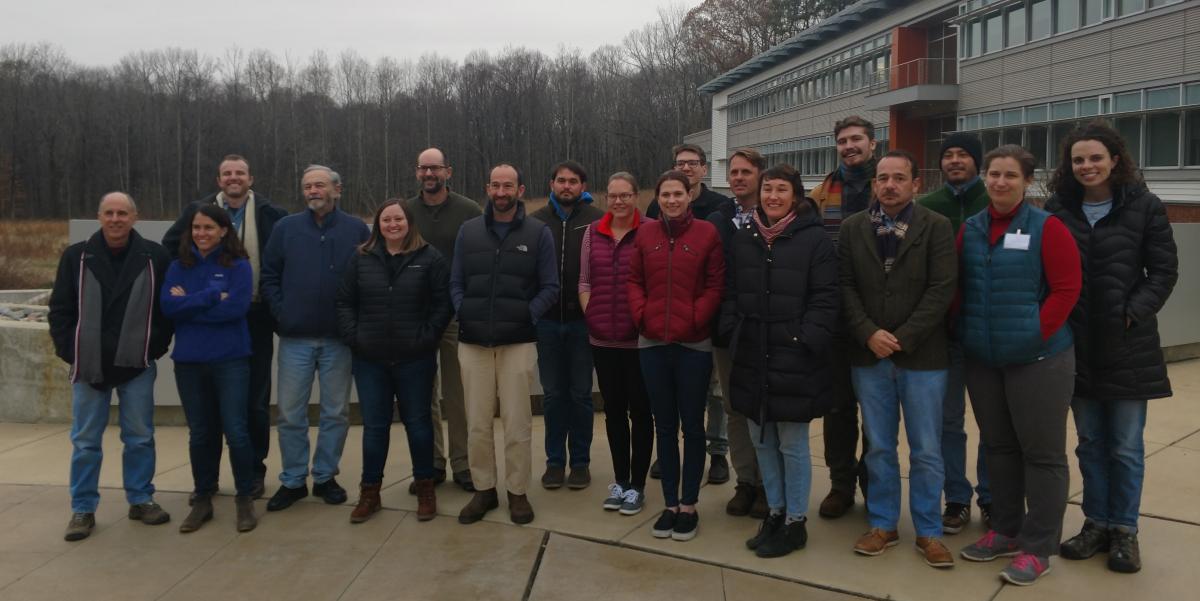
Time and Location:
December 8 and 9, 2018, hosted at the Smithsonian Environmental Research Center, Edgewater, Maryland
Research Questions:
1. What is the potential for pairing Bayesian statistical methods with process-based modeling to map carbon stocks and sequestration rates?
2. How much variation in carbon stocks and burial rates is attributable to field and lab techniques, and how much to process uncertainty?
Final Products:
1. Paper on modeling and forecasting soil carbon sequestration rates
2. Papers on best practices for field, lab, and data management
3. Open-source R package(s) of marsh equilibrium models
4. Mapped products at the scale of the contiguous United States if applicable
CCN Code of Conduct
The Coastal Carbon Network (CCN) is dedicated to providing a welcoming and supportive environment for all people, regardless of background or identity. However, we recognise that some groups in our community are subject to historical and ongoing discrimination, and may be vulnerable or disadvantaged. Membership in such a specific group can be on the basis of characteristics such as gender, sexual orientation, disability, physical appearance, body size, race, nationality, sex, colour, ethnic or social origin, pregnancy, citizenship, familial status, veteran status, genetic information, religion or belief, political or any other opinion, membership of a national minority, property, birth, age, or choice of text editor. We do not tolerate harassment of participants on the basis of these categories, or for any other reason.
Harassment is any form of behaviour intended to exclude, intimidate, or cause discomfort. Because we are a diverse community, we may have different ways of communicating and of understanding the intent behind actions. Therefore we have chosen to prohibit certain forms of behaviour in our community, regardless of intent. Prohibited harassing behaviour includes but is not limited to:
- Written or verbal comments which have the effect of excluding people on the basis of membership of a specific group listed above
- Causing someone to fear for their safety, such as through stalking, following, or intimidation
- The display of sexual or violent images
- Unwelcome sexual attention
- Nonconsensual or unwelcome physical contact
- Sustained disruption of talks, events or communications
- Incitement to violence, suicide, or self-harm
- Continuing to initiate interaction (including photography or recording) with someone after being asked to stop
- Publication of private communication without consent
Behaviour not explicitly mentioned above may still constitute harassment. The list above should not be taken as exhaustive but rather as a guide to make it easier to enrich all of us and the communities in which we participate. All CCN interactions should be professional regardless of location: harassment is prohibited whether it occurs on- or offline, and the same standards apply to both.
Enforcement of the Code of Conduct will be respectful and not include any harassing behaviors. Any changes to the meaning of this Code of Conduct must be approved by majority vote of the CCN Steering Committee. CCN working group and network members will be informed of these changes and any concerns that are raised will be discussed by the Steering Committee.
Thank you for helping make this a welcoming, friendly community for all.
This code of conduct is a modified version of that used by The Carpentries, which was a modified version of that used by PyCon, which in turn is forked from a template written by the Ada Initiative and hosted on the Geek Feminism Wiki. Contributors to this document: Adam Obeng, Aleksandra Pawlik, Bill Mills, Carol Willing, Erin Becker, Hilmar Lapp, Kara Woo, Karin Lagesen, Pauline Barmby, Sheila Miguez, Simon Waldman, Tracy Teal.
CCN Statement of Collaboration
Members involved in CCN collaborations are entitled to their own intellectual property, and distinctions should be made clarifying what is individual property versus group property. Here are the principles to which the Soil Carbon working group adheres to:
- Anything developed as a group is collective intellectual property (IP) that members collectively decide what to do with (such as assigning a creative commons license or signing rights over to a publisher).
- Anything developed outside the group is the intellectual property of the individual who produced it or their institution (whichever is applicable).
- Any outside IP needs to be properly acknowledged and cited in CCN work.
- All members agree not to share unpublished work outside the group without explicit permission to do so.
- At the end of the project, working group members commit to making code and derivative data products that the group developed collectively open and available as part of data releases associated with papers and reports.
- The working group will publish products that only include data that is or will be publicly available (via repository) at the time of working group publication.
Participant Biographies
Dr. E. Fay Belshe 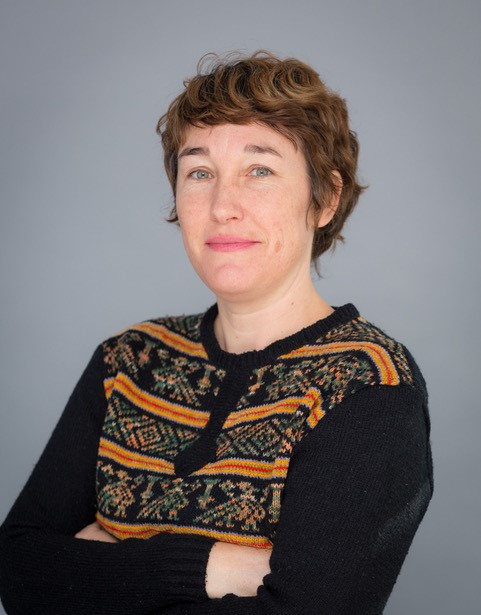
Dr. Fay Belshe is interested in how organic matter (OM) forms and decays within soils of coastal vegetated ecosystems, specifically seagrasses. Her work explores the mechanisms and controls governing OM persistence and residence times, with a focus on how living OM (plants, microbes), dead OM, and soil properties interact to determine the dynamic cycling of carbon under a constant and changing climate.
Dr. Brandon Boyd
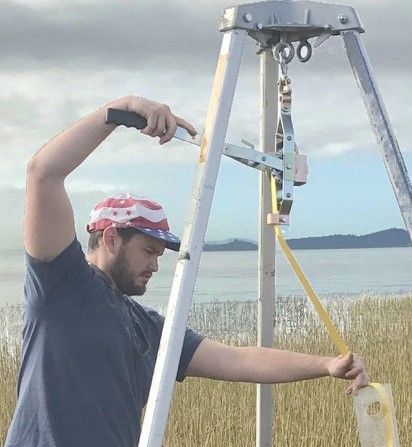 Dr. Brandon Boyd’s research is focused on physical and biological processes in tidal marshes and how those marshes connect with estuary or coastal system. Dr. Boyd uses his expertise in radionuclide chronology and tracers to identify and quantify processes in those systems. His projects are often focused on determining how vertical accretion in restored wetlands may differ from their natural neighbors and designing marsh restorations with balance between storm resilience and ecologic benefit. To learn more about Dr. Boyd’s research, visit his lab website here.
Dr. Brandon Boyd’s research is focused on physical and biological processes in tidal marshes and how those marshes connect with estuary or coastal system. Dr. Boyd uses his expertise in radionuclide chronology and tracers to identify and quantify processes in those systems. His projects are often focused on determining how vertical accretion in restored wetlands may differ from their natural neighbors and designing marsh restorations with balance between storm resilience and ecologic benefit. To learn more about Dr. Boyd’s research, visit his lab website here.
Lauren Brown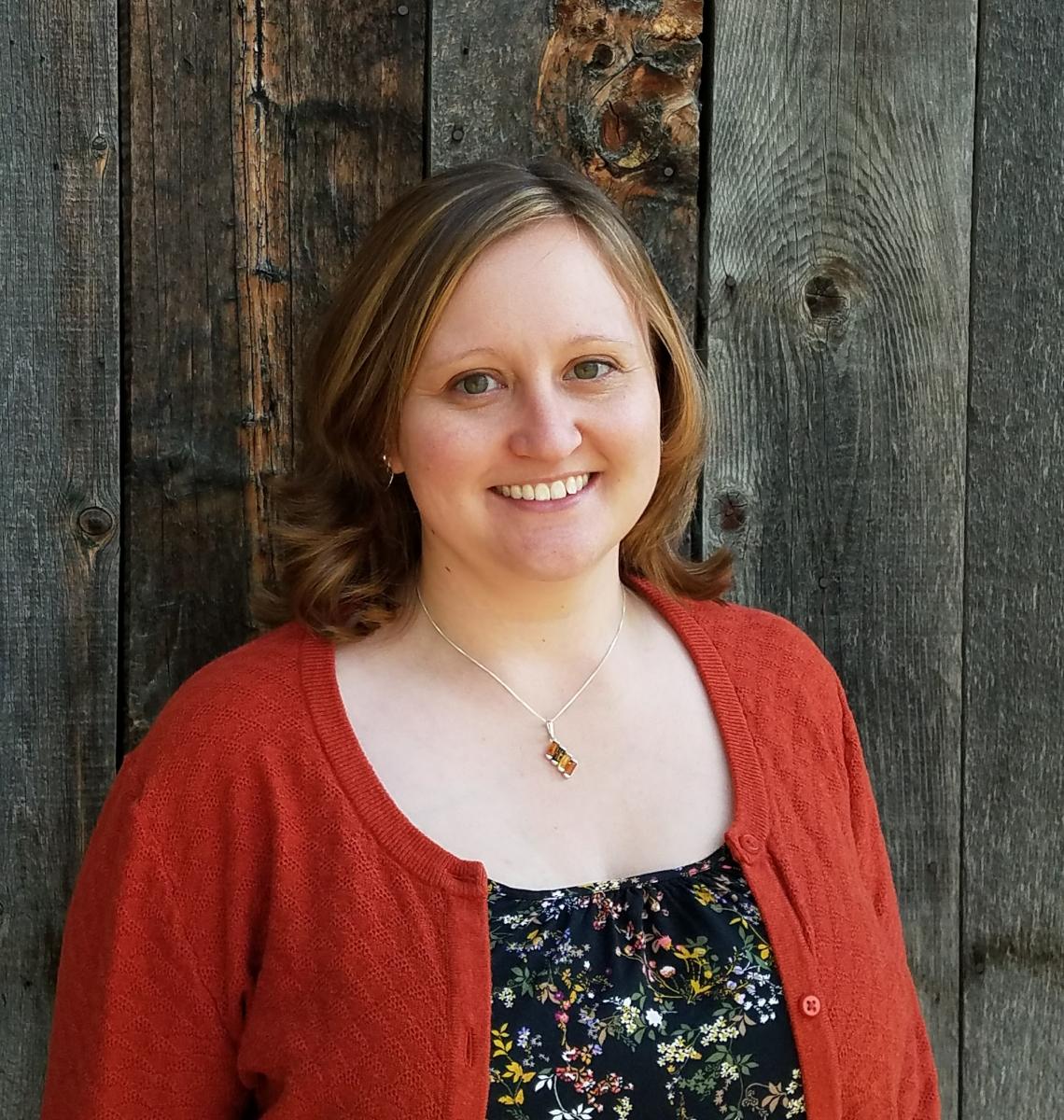
Lauren completed her MA in Geography at UCLA and is finishing her PhD in the same program working with Dr. Glen MacDonald. While at UCLA she has collected sediment cores from over 10 marshes, spanning the California coast from Humboldt Bay to Tijuana River Estuary. She uses these sediment cores to investigate vulnerability to SLR, carbon storage, and long-term environmental change. Methods she has employed include radiometric dating, LOI, grain size analysis, EA, XRF, macro charcoal, and biological proxy data. Her final year of the PhD will be dedicated to improving her data management and analyses skills.
Dr. Samantha Chapman
Dr. Samantha Chapman has been a professor and scientist at Villanova University in Pennsylvania, USA since 2007. She is also currently the Anne Quinn Welsh Honors Faculty Fellow. Sam received her Ph.D. from Northern Arizona University and did a postdoctoral fellowship at the Smithsonian Environmental Research Center. Dr. Chapman is an ecosystem ecologist who is interested in how climate change and altered biodiversity change the services that ecosystems provide. She has received grants from NASA, The U.S. National Science Foundation, The U.S. Forest Service and the U.S. Department of Agriculture to conduct her research. Sam and her team collaborate on projects ranging from learning how climate change and rising sea levels alter coastal ecosystems to assessing how nitrogen pollution impacts invasive plant species. For more information on research projects, see her lab group website here.
Dr. Ron Corstanje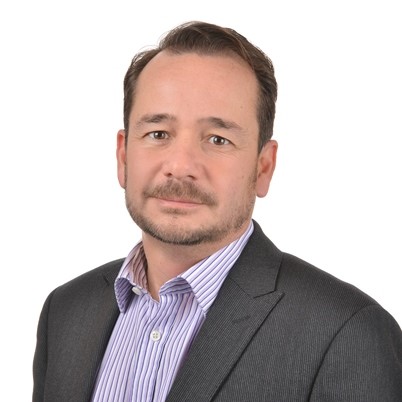
Dr. Ron Corstanje is a professor of Data Sciences at Cranfield and Head of the Centre for Environmental and Agricultural Informatics. He specialises in the application of spatio-temporal models to understand the nature and behaviour of natural systems and processes. Ron is interested in the application of (spatial) modelling tools to understand the structure and function of environmental systems and processes. Environmental systems are complex, and this expresses itself as complex but determinable spatiotemporal patterns. The application of these approaches has led to significant advances in understanding on the spatial dynamics of ecosystem services, across systems including wetlands. Another key area in which these techniques have proven invaluable is in the area of resilience as applied to ecological systems, allowing significant insights into the nature and functioning of resilience. Both these areas have significant societal significance, in helping inform how to infer resilience in the natural and man-made systems on which we depend, but also in how to design and plan the environment to retain the benefits from the natural capital inherent in our greenspaces.
Dr. Meagan Gonneea
Dr. Meagan Gonneea is a research scientist at the US Geological Survey Woods Hole Coastal and Marine Science Center. She utilizes a suite of geochemical tools, including naturally occurring radioisotopes in the Uranium-Thorium decay series, to understand both the magnitude and rate of change within coastal ecosystems. In particular, Meagan is interested in how salt marshes have responded to more than a century of accelerating sea level rise, with a focus on their ability to store carbon and dynamically build elevation. She combines historical ecosystem information, gleaned from analysis of salt marsh peat, with modern environmental drivers to constrain future ecosystem responses.
Dr. Christopher Janousek
Dr. Janousek is a coastal wetlands ecologist and Assistant Professor (Senior Research) at Oregon State University. His academic training was completed at UC Santa Cruz (BA), UC San Diego (PhD), and UC Davis (post-doc). His main research interest is in coastal plant community ecology along the Pacific coast of the United States. His research also addresses coastal climate change, blue carbon, estuarine hydrology, and wetlands restoration. He is a wilderness and National Parks enthusiast and enjoys backpacking, tidepooling, kayaking, nature photography, and nature writing.
Dr. James Morris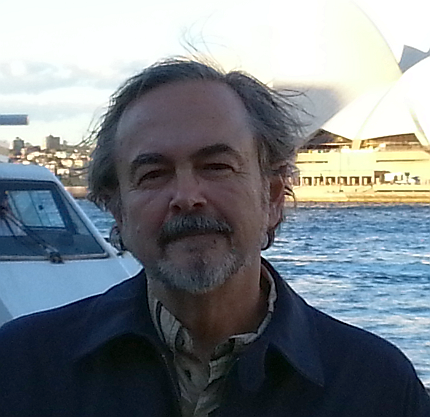
Dr. James Morris is a Professor of Biological and Marine Sciences at the University of South Carolina and a Fellow of the Society of Wetland Scientists and of the American Association for the Advancement of Science. Morris has served on numerous committees and panels, including those of the US National Science Foundation, the Irish National Science Foundation, the National Research Council of the National Academy of Sciences, and the IndoFlux committee of India. He also is a current member of the Conservation International/UNESCO Blue Carbon Working Group and NOAA’s NERR Science Collaborative Advisory Board. Dr. Morris has a long history of research at North Inlet, SC on the effects on coastal wetlands of changing sea-level. His discovery of a stabilizing feedback between marsh primary production, vertical marsh accretion, and sea-level rise has led to the development of the field of marsh biogeomorphology. He is PI of an NSF LTREB project at North Inlet, SC, co-PI of the NSF Plum Island LTER project in Massachusetts, and is the developer of the Marsh Equilibrium Model (MEM) and the Cohort Theory Model (CTM). Visit his website here.
Dr. Gregory Noe
Dr. Greg Noe has been a Research Ecologist with the U.S. Geological Survey's Water Mission Area in Reston, VA since 2002. Greg studies mud. His research focuses on the interactive influences of geomorphology, hydrology, climate, and biology on nitrogen and phosphorus and carbon biogeochemistry and sediment transport in fluvial ecosystems, as well as plant community ecology and restoration ecology. He has been studying the effect of sea level rise and salinization on tidal freshwater forested wetland ecosystem resilience and C cycling and sequestration in Virginia, Maryland, South Carolina, and Georgia.
Dr. André Rovai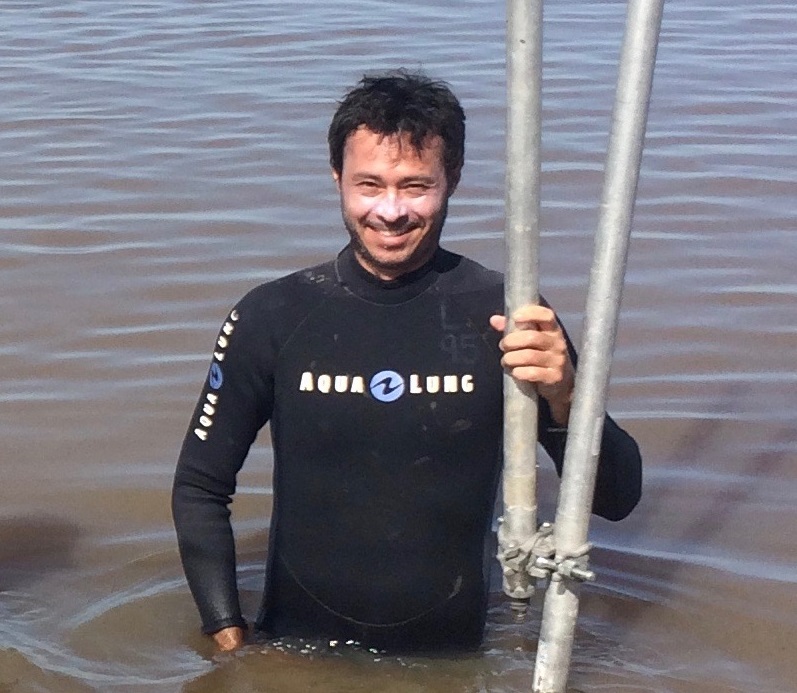
Dr. Rovai is a Research Associate at the Department of Oceanography & Coastal Sciences at Louisiana State University. He is a marine ecologist who is interested in the potential role of coastal wetlands in mitigating the effects of greenhouse gases. Specifically, his research focuses on global controls on carbon storage and sequestration in coastal wetlands in response to geophysical and climatic drivers as well as climate change, with an emphasis on deltaic coastlines.
Dr. Jonathan Sanderman
Dr. Sanderman is a biogeochemist who specializes in understanding how soil carbon and nutrient cycles have been altered by land-use and climate change. He is particularly interested in understanding the carbon sink capacity of soils and coastal sediments and whether or not these sinks can be managed to mitigate climate change. Prior to joining the Center, Dr. Sanderman spent six years as a research scientist at the Australian Commonwealth Scientific and Industrial Research Organization. Dr. Sanderman holds a B.S. from Brown University and a Ph.D. from the University of California, Berkeley.
Dr. Amanda Spivak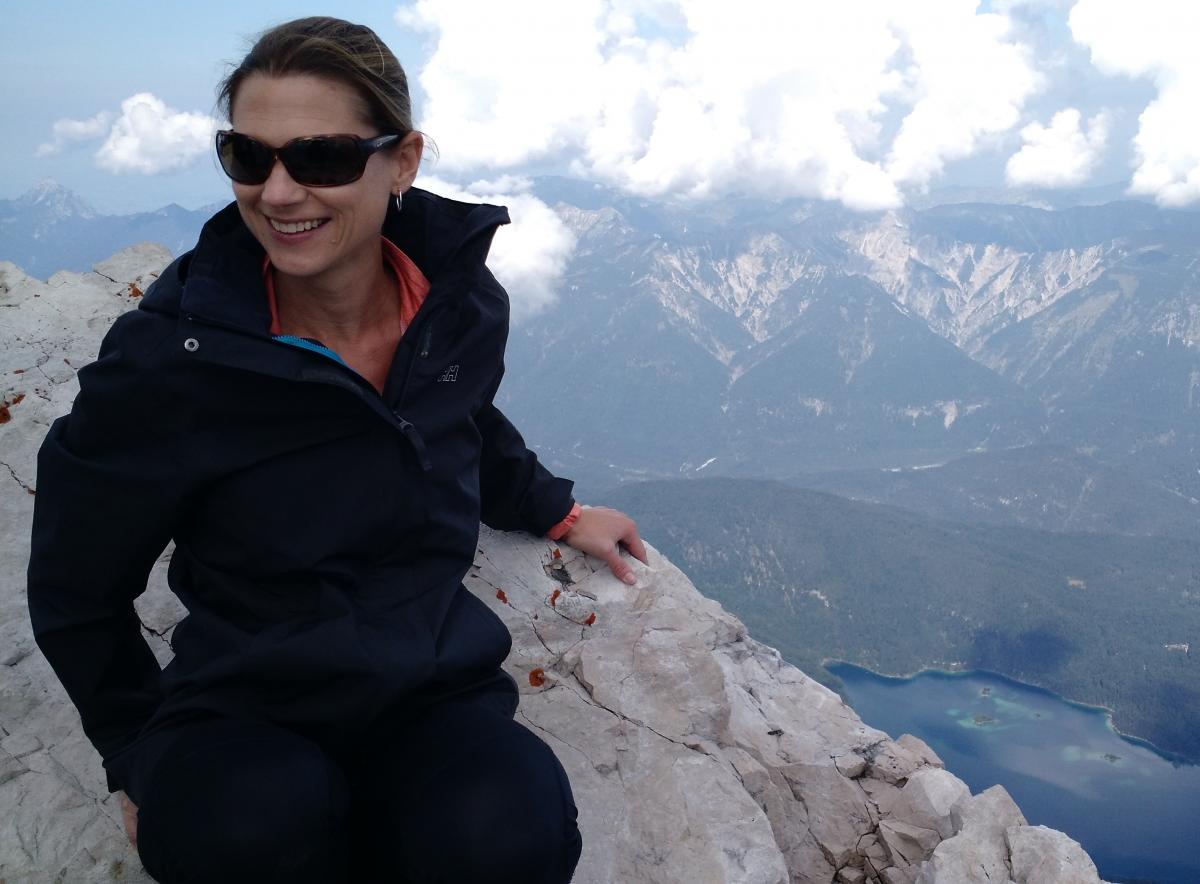
Dr. Amanda Spivak focuses on developing an integrated understanding of ecological and biogeochemical processes in order to refine the role of coastal ecosystems in the global carbon cycle and predict the likelihood of recovery from human disturbances. She uses innovative geochemical tracer approaches, including stable isotopes and lipid biomarkers, in combination with landscape-scale experiments to quantify carbon pathways, transformations, and fate.
Dr. Katherine Todd-Brown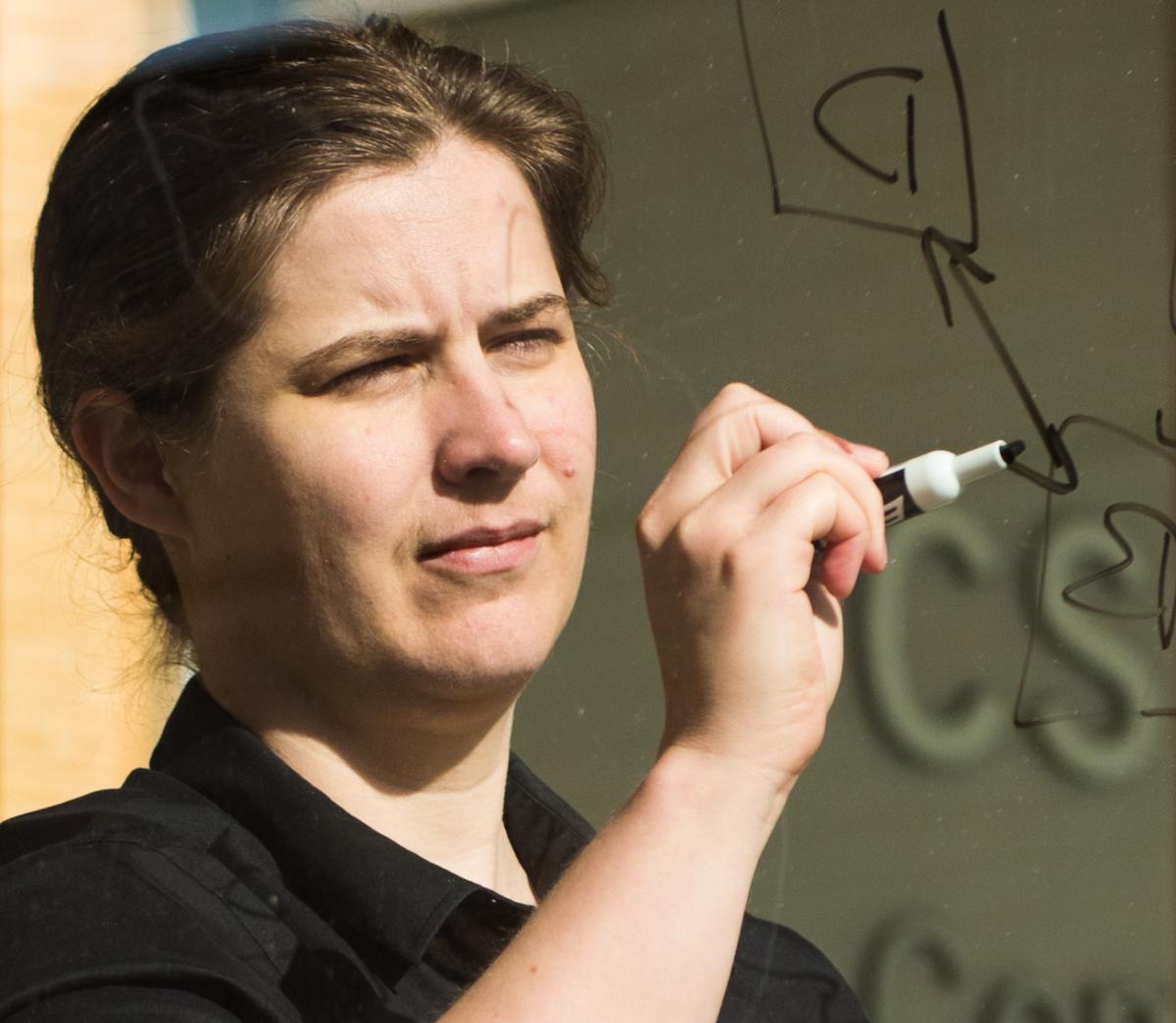
Dr. Kathe Todd-Brown is a computational biogeochemist. She specializes in soil carbon model analysis and theoretical development from the micro to global scales. She is currently a post-doctoral fellow at Wilfrid Laurier University and the data coordinator for the International Soil Carbon Network. Learn more about her work at her website here.
Megan Vahsen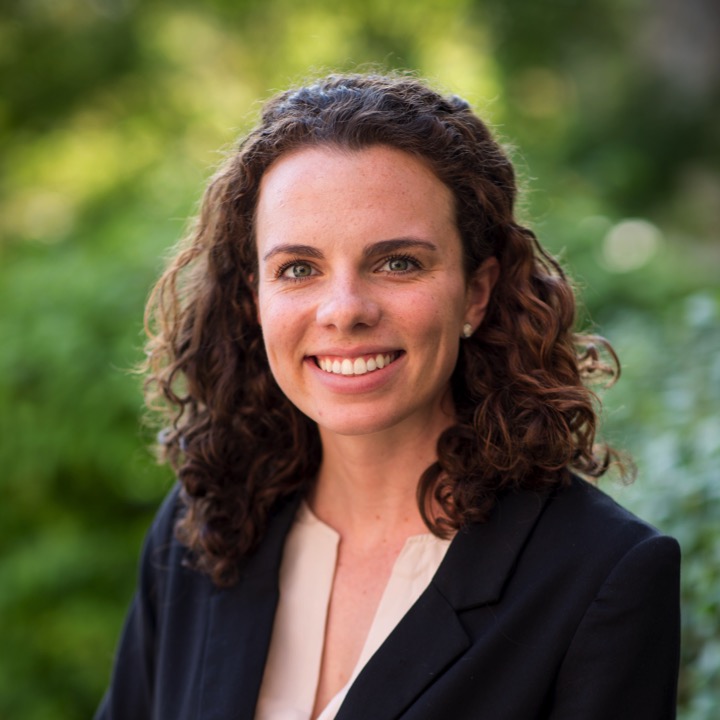
Megan is interested in the potential for rapid evolution to drive ecosystem-level processes. She completed her M.S. in Ecology at Colorado State and is currently a Ph.D. student at Notre Dame working with Jason McLachlan to understand how the evolution of a marsh sedge (Schoenoplectus americanus) influences marsh accretion in the Chesapeake Bay. Megan uses field experiments, Bayesian modeling, and near-term ecological forecasting to address this question.
Administrator Biographies
Dr. Patrick Megonigal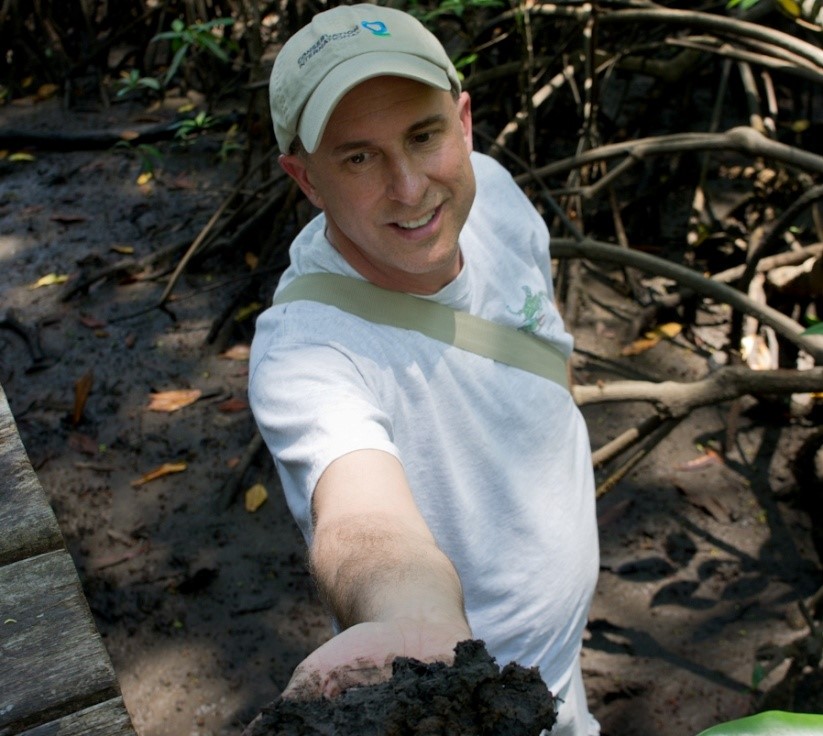
Pat Megonigal is Senior Scientist and Associate Director of Research at the Smithsonian Environmental Research Center. Dr. Megonigal is an ecosystem ecologist with research interests in carbon and greenhouse gas cycling in wetlands and forests, particularly as they relate to global change. He is the Lead Investigator of the Smithsonian’s Global Change Research Wetland, a long-term research site dedicated to understanding the stability of tidal wetlands faced with accelerated sea level rise and biogeochemical interactions between wetlands and estuaries. Dr. Megonigal is a contributing author to the Coastal Blue Carbon Handbook and the VCS Methodology on Restoration of Tidal Wetlands and Seagrasses, and he is a member of the Scientific Working Group of the Blue Carbon Initiative.
Dr. James Holmquist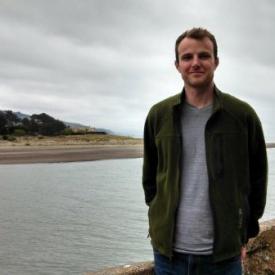
James Holmquist is an ecologist at the Smithsonian Environmental Research Center, specializing in global change and carbon cycling in wetlands. In 2015 he joined a NASA-funded project tracking U.S. coastal wetland greenhouse gas storage and emissions. He directs the Coastal Carbon Network, and aims to improve the state of science and management using data synthesis, teamwork, and training.
Dr. Lisa-Marie Windham Myers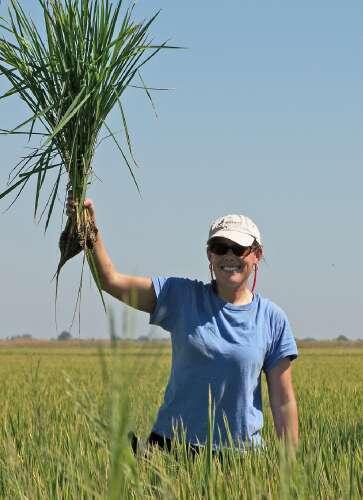
Dr. Lisamarie Windham-Myers is a wetland ecologist and lead scientist for the USGS-NRP program “Plant:Soil:Water Interactions in Wetland Ecosystems”. Broadly-trained in ecosystem ecology, her research focuses on plant physiology and its influence on carbon, nutrient, and trace-metal biogeochemistry. Her approaches span landscape-to-molecular scales as necessary to understand how human and stochastic alterations of wetland structure influence wetland function. A San Francisco Bay native, her local research sites represent a wide range of salinity and management conditions, from rice agriculture to coastal and restored wetlands. Lisa serves in several local, national and international science advisory efforts to evaluate wetland management and modeling approaches to quantify wetland carbon sequestration, greenhouse gas budgets and/or mercury methylation and export. Visit her website here.
David Klinges
David is a Data Technician in the biogeochemistry lab at the Smithsonian Environmental Research Center, and assists in managing the Coastal Carbon Network. He specializes in ecological data curation and synthesis, as well as designing web interfaces and data-access tools. David possesses a B.A. in Biological Sciences from Dartmouth College. Visit his website here.

